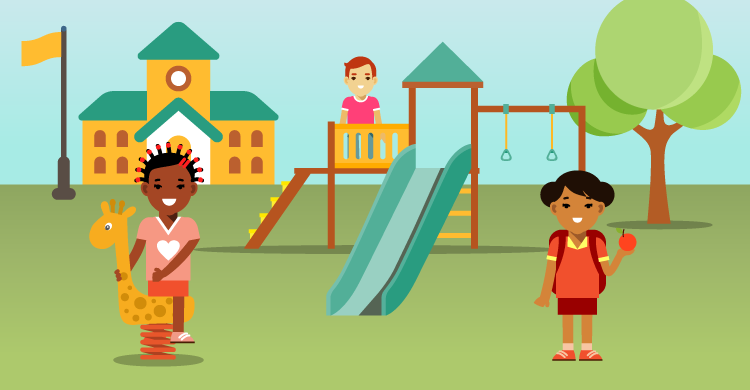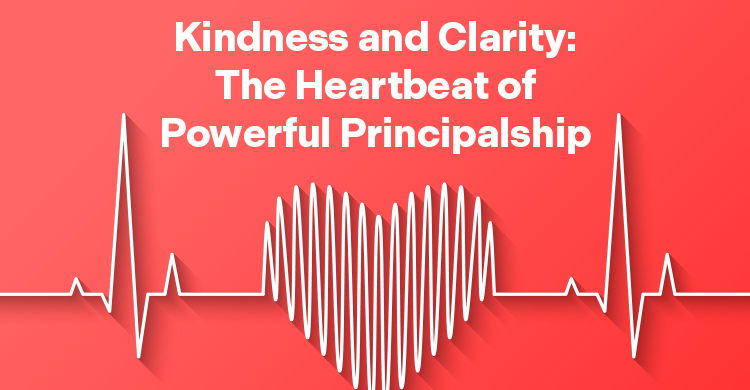Approximately 1 in 4 Australian students aged 8-14 years reports being bullied frequently – that is, every few weeks or more often. This experience is most common among students aged 10-11 years and those moving into high school (Cross et al., 2009). It is often attributed to the desire to achieve dominance or status in peer groups, and is therefore particularly likely to arise during times of school transition and change (Cross et al., 2009).
Bullying is defined as the repeated, deliberate targeting of an individual, who feels unable to stop this behaviour from occurring (Hemphill, Heerde, & Gomo, 2014). It can take the form of physical victimization (hitting, kicking), verbal insults and teasing, or more covert (i.e. difficult to detect) behaviours such as spreading rumours, exclusion (leaving others out), and cyberbullying (Cross et al., 2009).
Being victimised by peers is extremely distressing for children and their families, and can result in serious long-term social, emotional, and academic problems. Those who bully others are also at risk of social, emotional and behavioural problems in adulthood. Further, those who only witness bullying incidents, without being directly involved, report feeling distressed and unsafe at school (e.g. Fergusson, Boden, & Horwood, 2013; Ttofi, Farrington, Lösel, & Loeber, 2011; Wolke, Copeland, Angold, & Costello, 2013).
Preventing school bullying
Research has shown that a wide variety of factors influence the likelihood that young people will be involved in bullying as a target or perpetrator. These can be individual (e.g. personality, social skills), family-based (e.g. exposure to family violence, learned problem-solving methods), school-based (e.g. peer influence, supervision during breaks), and cultural (e.g. acceptance of aggression).
For this reason, efforts to address and prevent bullying in schools need to work at each of these levels (Ttofi & Farrington, 2009; Vreeman & Carroll, 2007). That is, they should: target young people’s personal attributes, such as their social skills and ability to manage emotions; help to raise awareness among families about the consequences of bullying, and ways to encourage positive peer behaviours; address any school-based factors that might inadvertently promote bullying or peer conflict; and engage the broader community in getting across the message that bullying is unacceptable.
This approach is known as the socio-ecological model of behaviour, and it acknowledges that there are many influences on young people’s behaviour, at all levels of their lives, which must be addressed to bring about behaviour change (Bronfenbrenner, 1979). The World Health Organisation recognises the importance of this model in its Health Promoting Schools initiative, which suggests school-based interventions to improve health should include strategies at multiple levels of the school environment (World Health Organization, 2004)
The importance of the physical environment
One aspect of the school environment that is frequently neglected, however, is the impact of a school’s physical environment on young people’s behaviour and relationships. In classrooms and school buildings, poor seating plans, high noise levels, distractions, crowding, and ineffective lighting may encourage disruptive behaviours and limit children and young people’s ability to feel secure and concentrate appropriately (Simmons, Carpenter, Crenshaw, & Hinton, 2015).
In the school grounds, limited play equipment, a lack of supervision, and crowded areas may contribute to boredom, peer conflict, and aggressive behaviour (Fram & Dickmann, 2012; Vaillancourt et al., 2010). Graffiti, litter, damage to school buildings, and a lack of attention to making the school environment physically appealing may also have a negative impact on feelings of morale and school connectedness, which can contribute to aggression (Osher et al., 2004).
Research with young people often points to specific locations on school grounds that are ‘hot spots’ for bullying and aggression, particularly due to their isolation and lack of adult supervision (Fram & Dickmann, 2012; Vaillancourt et al., 2010). It is important for school staff to identify these areas and work to improve visibility and supervision. It may also helpful for children and young people who are frequently targeted to have a safe space, with plenty of supervision and adult support, to retreat to if they feel threatened.
Enhancing play and recreation areas (e.g. greenery, equipment, encouragement to join in games) can also have a positive impact on play, cooperative behaviour, and physical activity, particularly for younger children (Dyment & Bell, 2008). Using the school environment to attractively display school symbols, achievements, activities, and events may also help to create a more positive school ethos (Osher et al., 2004).
To learn how you can make your school friendly and safe for all, learn more through the Friendly Schools series or Solution Tree’s free resources on student behavior.
References
Bronfenbrenner, U. (1979). The ecology of human development: Experiments by nature and design. Cambridge, MA: Harvard University Press.
Cross, D., Shaw, T., Hearn, L., Epstein, M., Monks, H., Lester, L., & Thomas, L. (2009). Australian Covert Bullying Prevalence Study (ACBPS). Western Australia: Report prepared for the Department of Education, Employment and Workplace Relations (DEEWR).
Dyment, J. E., & Bell, A. C. (2008). Grounds for movement: green school grounds as sites for promoting physical activity. Health Education Research, 23(6), 952-962.
Fergusson, D. M., Boden, J. M., & Horwood, L. J. (2013). Bullying in childhood, externalizing behaviors, and adult offending: Evidence from a 30-year study. Journal of School Violence, 13, 146-164. doi: 10.1080/15388220.2013.840642
Fram, S. M., & Dickmann, E. M. (2012). How the school built environment exacerbates bullying and peer harassment. Children Youth and Environments, 22(1), 227-249.
Hemphill, S. A., Heerde, J. A., & Gomo, R. (2014). A conceptual definition of school-based bullying for the Australian research and academic community. Canberra: Australian Research Alliance for Children and Youth.
Osher, D., VanAcker, R., Morrison, G. M., Gable, R., Dwyer, K., & Quinn, M. (2004). Warning signs of problems in schools: Ecological perspectives and effective practices for combating school aggression and violence. Journal of school violence, 3(2-3), 13-37.
Simmons, K., Carpenter, L., Crenshaw, S., & Hinton, V. M. (2015). Exploration of Classroom Seating Arrangement and Student Behavior in a Second Grade Classroom. Georgia Educational Researcher, 12(1), 51.
Ttofi, M., & Farrington, D. (2009). What works in preventing bullying: Effective elements of anti-bullying programmes. Journal of Aggression, Conflict and Peace Research, 1(1), 13-24. doi: 10.1108/17596599200900003
Ttofi, M. M., Farrington, D. P., Lösel, F., & Loeber, R. (2011). Do the victims of school bullies tend to become depressed later in life? A systematic review and meta-analysis of longitudinal studies. Journal of Aggression, Conflict and Peace Research, 3, 63-73. doi: 10.1108/17596591111132873
Vaillancourt, T., Brittain, H., Bennett, L., Arnocky, S., McDougall, P., Hymel, S., . . . Mackenzie, M. (2010). Places to avoid: Population-based study of student reports of unsafe and high bullying areas at school. Canadian Journal of School Psychology, 25(1), 40-54.
Vreeman, R. C., & Carroll, A. E. (2007). A systematic review of school-based interventions to prevent bullying. Archives of Pediatrics & Adolescent Medicine, 161, 78-88. doi: 10.1001/archpedi.161.1.78.
Wolke, D., Copeland, W. E., Angold, A., & Costello, E. J. (2013). Impact of bullying in childhood on adult health, wealth, crime, and social outcomes. Psychological Science, 24, 1958-1970. doi: 10.1177/0956797613481608
World Health Organization. (2004). The physical school environment: an essential element of a health-promoting school. Geneva: World Health Organisation.






